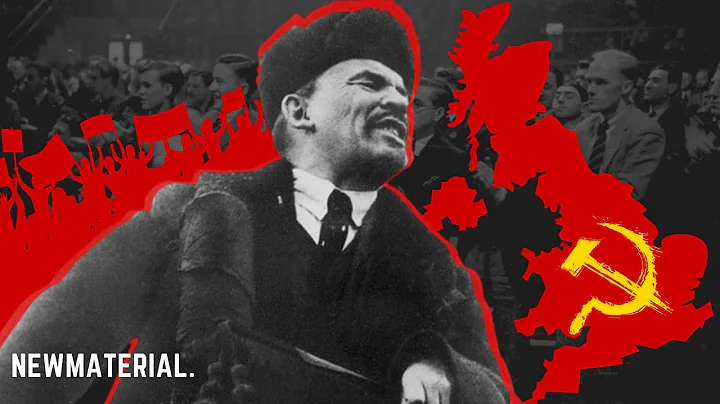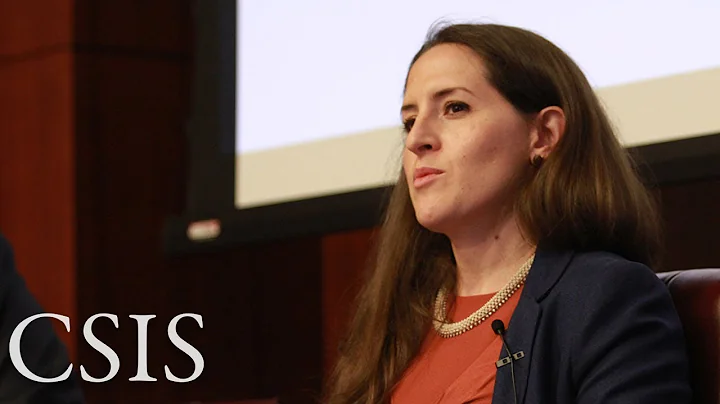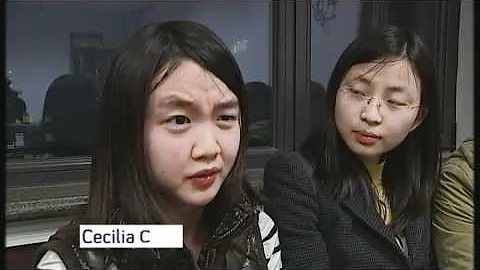Text\Contributor to this magazine Chen Lichao
In the history of Qiongya Revolution, batch after batch of advanced elements joined the Communist Party of China without hesitation with their firm belief in Marxism and deep feelings for the country and nation. They came from different backgrounds and participated in the revolution at different times. However, in order to realize the common ideal of communism and build a new Qiongya, they chose to gather under the banner of the party. Some of their stories of joining the Party are as intense and exciting as drums, while others are twists and turns and have a long aftertaste. After listening to them for nearly a hundred years, we can still feel the original intention of the Communists.
Feng Baiju's leadership of the peasant movement in the suburbs was tested
In 1925, 22-year-old Feng Baiju was admitted to the preparatory course of Shanghai Daxia University and went to study on the island. In the winter of the same year, due to the deterioration of his family's financial situation and his inability to pay tuition, Feng Baiju had to drop out of school and return to Hainan. On the way back to Qiong, he met Li Aichun, his childhood classmate in Guangzhou. Li was being dispatched by the party organization to return to Hainan to lead the revolutionary struggle. He encouraged Feng Baiju to engage in revolutionary activities with him after returning to Hainan, and the two returned to Qiong together. Feng Baiju once wrote in his autobiography: "Going back to my hometown to participate in the revolution has become my determined action."

Feng Baiju. Data map
Li Aichun specially introduced to Feng Baiju the nature, tasks and conditions for joining the party, and also talked about many revolutionary principles. When Feng Baiju asked him puzzledly how he was both a member of the Communist Party and the secretary-general of the county party branch of the Kuomintang, Li Aichun introduced in detail why the Communist Party wanted to cooperate with the Kuomintang led by Mr. Sun Yat-sen, and why and how Communist Party members should act in their personal capacity. Joined the Kuomintang and introduced the objects and tasks of the national revolution and the situation after the cooperation between the Kuomintang and the Communist Party. He also let Feng Baiju read books such as "The Communist Manifesto". At the beginning of 1926, Feng Baiju returned to his hometown where he had been away for a year. After being introduced to the party organization by Li Aichun, he was sent to the suburbs of Haikou to lead the peasant movement. In April 1926, the Haikou Suburban Farmers Association Office was established, and Feng Baiju was appointed as the director of the office.
Serving as the director of the Haikou Suburban Farmers Association Office was Feng Baiju's first step in his long revolutionary career. Under the leadership and organization of Feng Baiju, and through in-depth propaganda and mobilization by Ke Jiayu, Lin Ping, Zhu Runchuan, Wu Qingkun and others, the consciousness of farmers in the suburbs of Haikou increased significantly. They united to establish a farmers' association to carry out rent reductions, interest rate cuts, and anti-hegemony struggles. By the second half of 1926, peasant associations had sprung up in Haikou suburbs such as Cangdong, Cangxi, Gaopo, Shuitou, Tongren, Ruyi and other places, and the peasant movement began with great vigor. Feng Baiju said in his autobiography written in 1956: "The most striking example was the struggle of farmers in five suburban villages against the land tyrant and bureaucrat-capitalist Wu Weifan who had seized large sloping lands from farmers. After farmers' complaints, demonstrations, and collective petitions, they finally won. , the land was returned to the peasants. The victory of this struggle not only inspired the peasants' fighting mood, educated them, made them aware of their own strength, and strengthened their will to fight, laying the foundation for the revolution to turn to armed struggle. I also received a lot of education in this struggle.”
After the test of the revolutionary struggle, the party organization believed that Feng Baiju had the conditions to join the party. In September 1926, after being introduced by Li Aichun, Feng Baiju joined the Communist Party of China, with a three-month waiting period, and became a formal member of the Communist Party of China in November of that year. This marks that Feng Baiju has grown from a passionate young man full of thoughts of saving the country and the people to a proletarian pioneer warrior. Feng Baiju later recalled: "This was my new life, a glorious event that I can never forget."
Zhuang Tian received the party's education on an overseas freighter. Across the ocean, I went to Singapore . Zhuang Tian first worked in a rubber estate, and later, after being introduced by a fellow villager, he found a job burning boilers on the freighter "Shengshi" run by Dutch capitalists. Zhuang Tian later recalled: "I was only 17 years old when I left my hometown. I first worked in a rubber factory owned by a British capitalist in Singapore. Because I often fought against injustice, I was dismissed from the factory as a heretic by the capitalist. Soon I went to a factory run by the Dutch. He even worked as a firemaker on a ship.The labor is very hard, and they often work for 12 hours without a break, but the wages are very meager. They often live without enough food and clothing, and if they are slightly neglectful, they will be insulted in various ways. So, my beautiful vision of life turned into a nightmare. "The cruel reality made Zhuang Tian no longer calm. He began to think: Why is this society so unfair? Why are capitalists so cruel to workers? However, he could not find the answer and felt very depressed.

Zhuang Tian. Information map
is in Zhuang Tian When he was depressed, Huang Yidun, an old worker on the ship, often came to talk to him, comforted him and encouraged him to cheer up. Huang Yidun often introduced him to the Russian October Revolution led by Lenin. And the situation in which Russian workers and peasants are the masters of the country inspired him to say: "It is not enough for an industrial worker to only ask himself to be a responsible and upright person. We must also have revolutionary ideals and consciously work hard to realize this ideal. , this is a sign of working class consciousness. "Under Huang Yidun's patient education, Zhuang Tian's ideological consciousness gradually improved, and the doubts in his heart gradually opened up. He began to understand that in order to fundamentally improve the working conditions and living conditions of workers, this evil system of human exploitation must be completely overthrown. It turns out that , Huang Yidun was the secretary of the underground party branch of this ship. After nearly a year of inspection and education of Zhuang Tian, the party branch decided to recruit him to join the Communist Party of China based on his good performance.
One night in March 1926, "What happened?" The underground party branch of the freighter "" held a meeting at a secret location on the shore and formally accepted Zhuang Tian as a member of the Communist Party of China. Zhuang Tian regarded this day as a new starting point for his life and was determined to always go in the direction guided by the party. He later recalled: “And now I understand that only those who regard the liberation of all mankind as their noble duty are the noblest people. With the help and education of the party, I gradually improved my class consciousness... I gloriously joined the Communist Party of China. How excited I was when I raised my hands in Singapore and swore to fight for the realization of communism for the rest of my life!"
Zhou Shidi was at Whampoa Military Academy After being introduced to join the party by Xu Chengzhang
In the first 22 years of his life, Zhou Shidi was at During this period, he worked as a student, an apprentice in a medicine shop, and as a primary school teacher spreading new knowledge and culture. On New Year's Eve in 1923, Zhou Shidi left his hometown and went to Guangzhou and embarked on his journey in China. Seeking the path of revolutionary truth in a foreign land.
Soon, Zhou Shidi, who was in Guangzhou, joined the Yunnan Army Yang Ximin. When he was away from home, he always felt friendly to fellow villagers. Soon after, he got acquainted with fellow villagers from Hainan and the Communist Party of China. Xu Chengzhang, Xu Jian and others contacted their old classmate Yang Shanji and joined the "New Qiongya Review Society", a peripheral organization of the Communist Party of China established by them. Zhou Shidi, who had a cultural background and was full of enthusiasm for serving the country, was thinking actively. , had the courage to write, and published many articles in "Xinqiongya Review" (bimonthly). This also laid a certain foundation for Zhou Shidi to later join the Communist Party of China, enter the Huangpu Military Academy, and lead the armored convoy . . Xinhua News Agency reported
In May 1924, on the recommendation of Xu Chengzhang, who was then the special officer of the Huangpu Military Academy, Zhou Shidi was admitted to the Huangpu Military Academy and became the first batch of cadets. He was incorporated into the second student team, and thus began his military career. Zhou Shidi's life at Huangpu Military Academy was undoubtedly fulfilling. Here he received the most systematic military theoretical education in China at that time, understood the most advanced military strategic policies, and the most cutting-edge military weapons and equipment, and spent a lot of time and energy studying. New knowledge. There are not many relevant records about Zhou Shidi’s study at Huangpu Military Academy, but we can get a glimpse of it from a book Zhou Shidi read in the exhibition room of Huangpu Military Academy in Guangzhou. This book is Qing Dynasty . "Reading History and Military Strategy" by the famous Hunan Army Hu Linyi has a total of six volumes. The inner pages are densely packed with handwritten notes, ranging from a few crosses to thousands of words. They are all in small regular script, neatly arranged and rigorously organized. .
At Huangpu Military Academy, Zhou Shidi conducted classroom studies and necessary military training during the day, and devoted himself to reading at night. The books he studied mainly fell into three categories: history, military science, and Marxist-Leninist theory. During the reading process, he was completely impressed by Marxist-Leninist thought. He was convinced that Marxism-Leninism would become the ideological weapon to save China. He began to express his doubts to Xu Chengzhang systematically and urgently, and Xu Chengzhang patiently explained and guided him. Through Xu Chengzhang, Zhou Shidi came into contact with more Communist Party members. They shared the same ideals and beliefs and were mentally prepared to sacrifice their lives for the realization of the lofty ideals in their hearts. After careful consideration, Zhou Shidi decided to join the Communist Party of China. In December 1924, he joined the Communist Party of China after being introduced by Xu Chengzhang and Liao Ganwu.





















